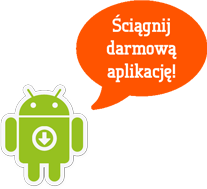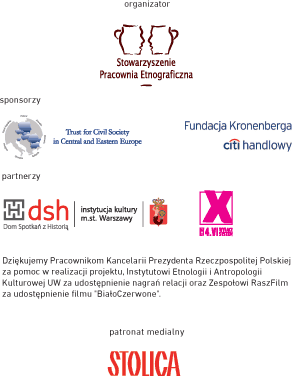Get to know the Warsaw of the 60’s, a city where socks and cucumbers drove along the streets and kittens would turn up at fajfs at the “Stodoła” club. Kids searched for treasures, teenagers dreamt of being as successful as the Beatles and adults dreamt of owning an apartment. Warsaw, however, was a capital of an Iron Curtain–separated country. Poland was isolated from the West and suffered constant shortages of different products. Almost every aspect of life also had a political dimension, according to Gomułka’s vision of a model citizen. In spite of all that, life went on, with all the everyday minor troubles. Still today, strolling around the city centre one comes across memories of those days.
Starting point: Begin at the Rotunda building, next to the Dmowski Roundabout (junction of Marszałkowska street and al.Jerozolimskie)
More info ▼
Want to learn more?
M. Brandys, Dziennik 1972, Warszawa 1996.
B. Brzostek, Za progiem. Codzienność w przestrzeni publicznej Warszawy lat 1956-1970, Warszawa 2007.
R. Lourie, Amerykanin w Warszawie, „Kultura”, nr 5, 1970.
Jerzy S. Majewski, Spacerownik Warszawa śladami PRL, Warszawa 2010.
E. Majdak, J. Talacha, M. Walczak-Kowalska, A. Wędrychowska, Życie PRL. Praca, rozrywka, ludzie, Warszawa 2011.
C. Prasek, Życie towarzyskie w PRL, Warszawa 2011.
L. Tyrmand, Zły, Warszawa 2002.
"Kobieta i życie", "Stolica", " Życie Warszawy"
The Black Series of the Polish Documentary Cinema School: Polish Film Chronicles from of 60's.
Authors:
Contents: Sylwia Mróz, Ania Czyżewska
Voice: Jadwiga Thun
Recording: Piotr Broniatowski
Editing: Katarzyna Mill
Scientific consultation: Róża Rzeplińska
Editorial correction: Magda Papuzińska, Katarzyna Mill

















































































































































